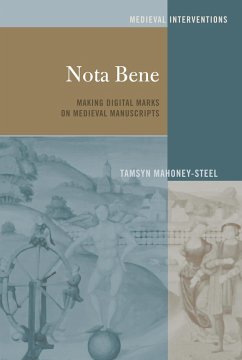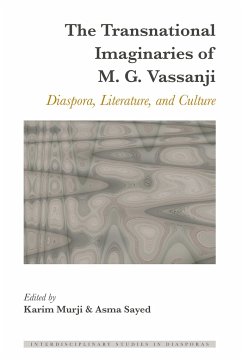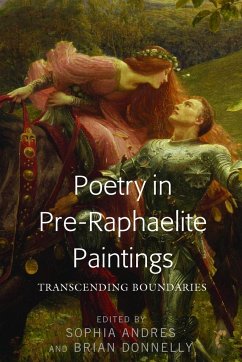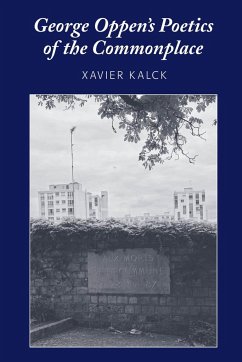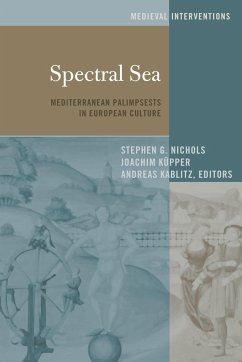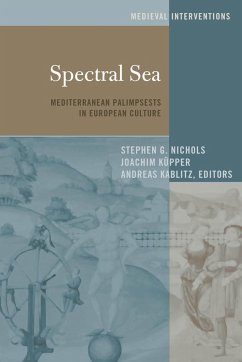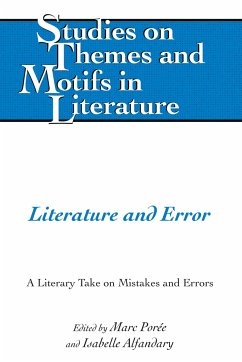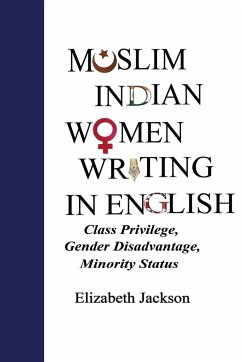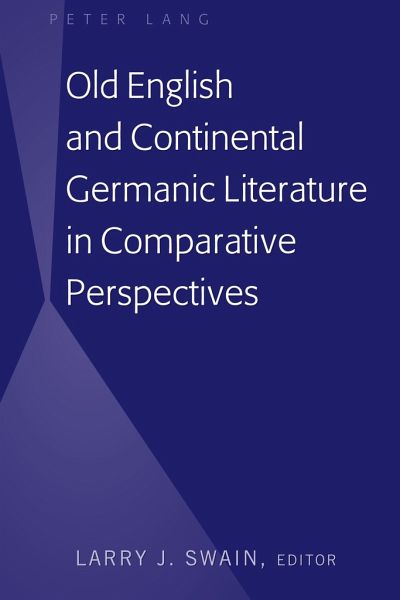
Old English and Continental Germanic Literature in Comparative Perspectives
Versandkostenfrei!
Versandfertig in 6-10 Tagen
97,05 €
inkl. MwSt.
Weitere Ausgaben:

PAYBACK Punkte
0 °P sammeln!
A Saxon of St. Boniface's acquaintance in England observed that the two peoples, the English and Saxons, were of the same bone and blood. Certainly Boniface himself noted the similarities in language and story between the two peoples. In modern scholarship, however, rarely are early continental Germanic literary remains discussed in the same breath with the Anglo-Saxon materials in spite of the apparent relationships, in distinct contrast to the well-explored relationships between Old English literature and Old Norse.The purpose of this collection of essays is to redress that absence. The essa...
A Saxon of St. Boniface's acquaintance in England observed that the two peoples, the English and Saxons, were of the same bone and blood. Certainly Boniface himself noted the similarities in language and story between the two peoples. In modern scholarship, however, rarely are early continental Germanic literary remains discussed in the same breath with the Anglo-Saxon materials in spite of the apparent relationships, in distinct contrast to the well-explored relationships between Old English literature and Old Norse.
The purpose of this collection of essays is to redress that absence. The essays collected here aim to compare key texts and practices of the Anglo-Saxons with their continental counterparts. Motifs, scribal habits, tropes, and themes are here explored connecting Beowulf, Heliand, and Exodus specifically, as well as exploring some elements on a larger cultural canvas.
It is infrequent to have articles dealing with such subjects; continental Germanic literature, particularly that of the pre-twelfth century, is one of the most ignored areas in medieval studies. This volume of essays will open up discussion further.
The purpose of this collection of essays is to redress that absence. The essays collected here aim to compare key texts and practices of the Anglo-Saxons with their continental counterparts. Motifs, scribal habits, tropes, and themes are here explored connecting Beowulf, Heliand, and Exodus specifically, as well as exploring some elements on a larger cultural canvas.
It is infrequent to have articles dealing with such subjects; continental Germanic literature, particularly that of the pre-twelfth century, is one of the most ignored areas in medieval studies. This volume of essays will open up discussion further.






